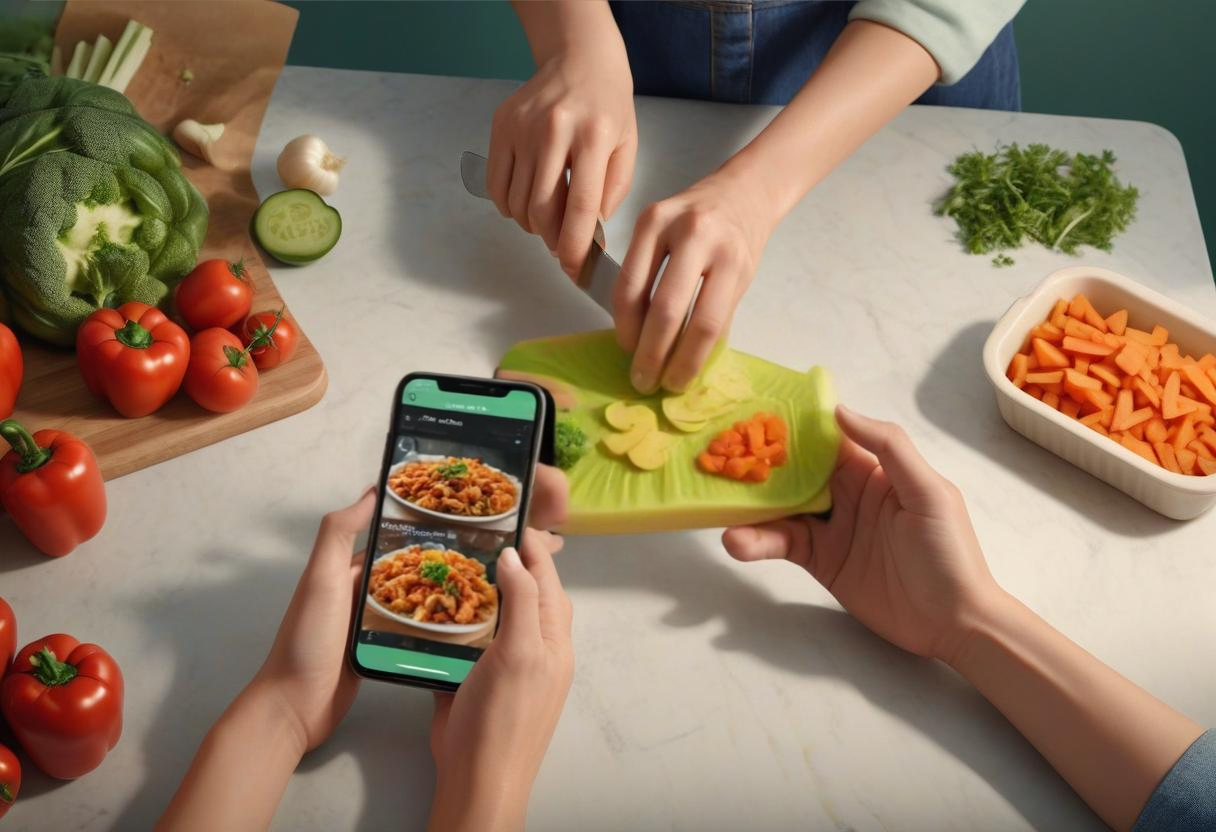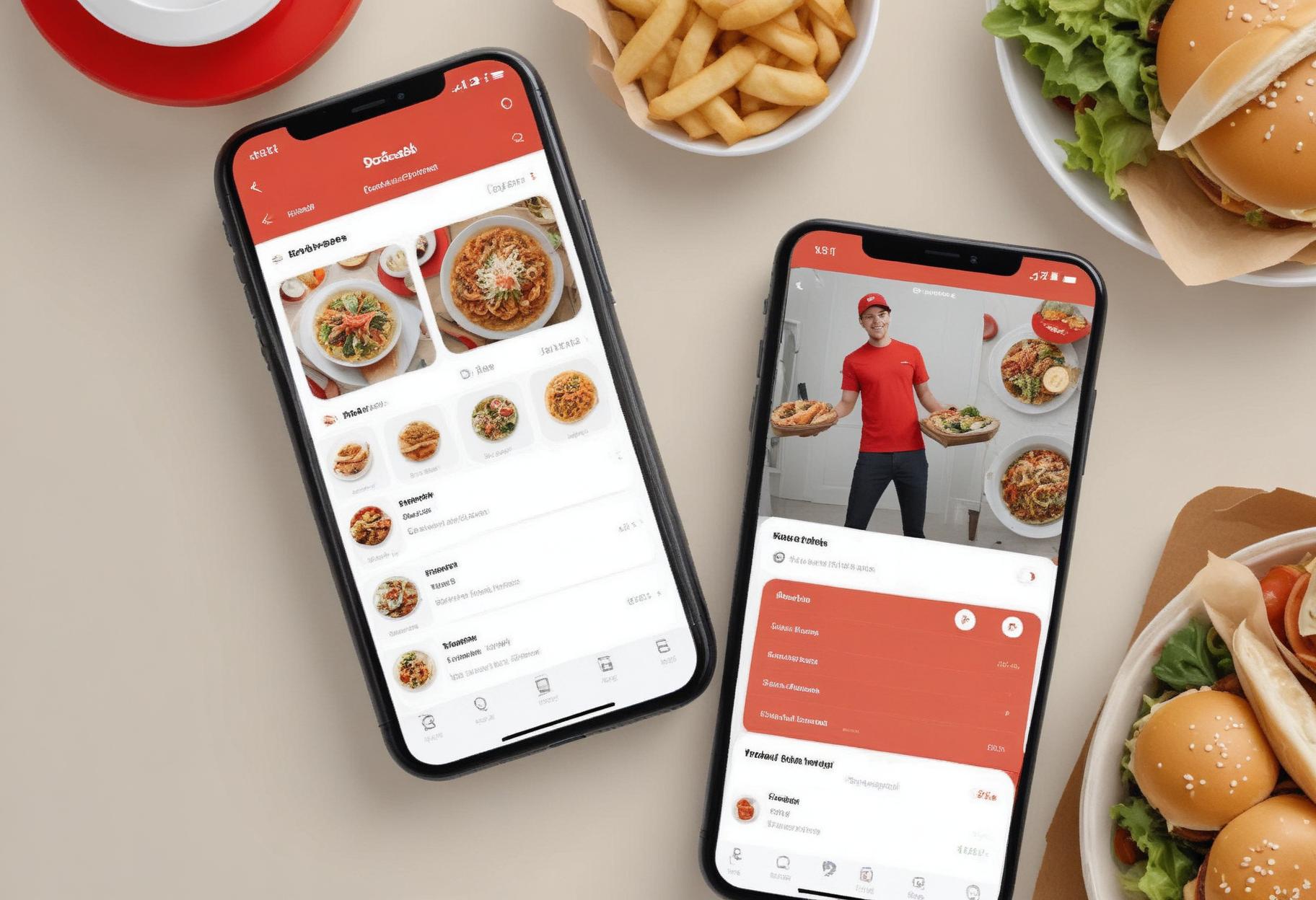 Content Gap Analysis – Find What Competitors Are Missing!
Content Gap Analysis – Find What Competitors Are Missing!
Unveiling the Hidden Impacts of Food Delivery Apps: A Revolutionary Insight
Written by Robert William » Updated on: November 19th, 2024
Food delivery applications have always made dining easier in the past few years. This is because it places convenience right at your fingertips. However, other than the fact that these applications make takeout easier to order, they also have deep effects on most areas of our lives, businesses, and society. The effects of this digital dining revolution on our eating habits, from changing urban economies, will be huge and diverse.

Convenience and Change in Lifestyle
Convenience is one of the most visible effects of food delivery apps. In today's hustle and bustle, with our fast-moving lives, we have reached a point where it does feel like a necessity to order food from home or the office, or for that matter, from any place. So this convenience goes not just in the form of time saved; it has been interpreted into our lifestyle and eating-out habits as well. People are gradually dining out less often and opting for home delivery, changing the dimensions of the traditional restaurant dining experience.
Economic Impacts on Restaurants
Food delivery apps have opened new streams of revenues for restaurants, especially small and local eateries, that might not have the wherewithal in terms of a delivery service. By partnering with these apps, restaurants widen their reach, without ending up bearing associated overheads of running a delivery service. This does come at a cost. Delivery platforms are taking a large cut of the profit margins due to steep commission fees. This has created a delicate balance wherein the restaurants weigh the benefits accruing from the exposure and increased sales accruing from such services with the participation costs.
Employment Opportunities and Challenges
Such apps have led to the creation of a new category for gig economy jobs. This gig economy model enables drivers to work on their own schedule, much of the time referred to as "riders." It provides many people with a part-time job or extra income. It invites a range of issues with regard to job security, benefits, and fair wages. Unlike regular employees, gig workers are usually not entitled to health insurance, paid leaves, or retirement plans—a fact that has thrown open the future of work in gig economies to debate.
Urban Traffic and Environmental Impact
One of the major, overlooked consequences of increased food delivery services is urban traffic and the environment. The surge in the number of delivery vehicles hitting the road only creates more congestion and increases pollution. While a few companies are striving for an eco-friendly solution with electric scooters and bicycles, the bulk of the deliveries are still gas-powered. This environmental footprint, again, has raised concerns and opened discourses around sustainable delivery.
Consumer Behaviour
Food delivery apps have further impinged consumer behavior around meal choices and spending habits. Where the ease of access to a huge number of restaurant options empowers consumers to become more adventurous in trying new cuisines by reading all the reviews, the ease of access to food delivery has increased the phenomenon of impulse purchases, whereby consumers may order food more frequently than they would go out to dine. This shift in behavior also influences the economy, since it has an impact on household budgets and spending patterns.
DoorDash Clone: A New Revolution for the Food Delivery Business

Of the many food delivery platforms, DoorDash has emerged to be the biggest, and here, the concept of a DoorDash Clone is changing the game. The DoorDash Clone is just a replica of the original DoorDash app, which is going to do everything that the app is likely to do. This clone script makes it possible for entrepreneurs to launch their food delivery platforms quickly and cost-effectively.
The magic of a DoorDash Clone lies in the fact that it gives the aspiring entrepreneur a Food Delivery solution. These clones are pre-loaded with features like real-time tracking, diversity in payment options, and user-friendly interfaces—things critical to a seamless delivery experience. By choosing clone scripts, entrepreneurs skip this extensive development procedure, which gases and saves resources. Apart from this, the provision to customize these scripts makes the platform very unique in relation to the needs of your business and creates an identity for the brand.
Impact on Food Quality and Safety
Food quality and safety have recently come to the forefront as food delivery apps proliferate. Restaurants are now supposed to take responsibility for ensuring that their dishes remain fresh and palatable during transit; this is sometimes a very challenging task. New forms of packaging designed to maintain or keep the respective temperatures of the food, and avoid spillage during transportation, are some of the innovations in this area. Tightening food safety standards, it has become quite conscious about ensuring hygiene and the safety of food handling practices.
Social Implications
Food delivery apps have also driven certain social implications, especially around accessibility and inclusivity. Now it is easier for people with disabilities and mobility-impaired to access a wide array of foods. Inclusivity like this enhances the quality of life for many individuals who otherwise might have limited choices for places to dine.
Impact on Local Economies
The proliferation of food delivery apps has huge effects on the local economy. On the one hand, they provide additional business to local restaurants and job opportunities for delivery drivers. On the other, dominance by large and transnational delivery platforms stifles local competition and is characterized by economic inequality. This is because in most instances, small locally-based delivery services are usually outcompeted by large companies with wide resources and coverage, a situation that may lead to a monopoly market structure.
Technological Advancements
Food delivery has been at the forefront of technological advancement, from innovation in multiple areas. For instance, the integration of AI and machine learning within these apps personalizes the user experience through recommendations provided to a customer during ordering. Improvements to logistical and route optimization technologies have also fostered quicker and more efficient deliveries for consumers and delivery personnel alike.
Future Trends and Innovations
Looking ahead, there are a number of emerging trends and innovations that are likely to shape the future of food delivery apps. Herewith, ghost kitchens—a new trend that is gaining so much traction—are cloud kitchens that serve only as commercial kitchens for processing online food orders. There is no dine-in option. Ghost kitchens help restaurants increase their capacity for delivery, which minimizes the costs involved in running physical storefronts. This will definitely be a popular model with the increasing demand for delivery services.
The second trend incorporates advanced delivery methods, such as drones and autonomous vehicles. These technologies have been tested at times in an experimental manner, but they definitely hold disruptive potential in both reducing delivery time and decreasing operational costs. In other words, DoorDash is one of the companies that has already experimented with those kinds of futuristic delivery options, demonstrating a tectonic shift toward more efficient and innovative solutions.
Conclusion
While there is little denying that food delivery apps have revolutionized access to and the enjoyment of food, offering convenience and choice never before seen, at the bottom line, they alter economic structures, employment patterns, consumer behavior, and even urban environments. In view of the further evolution of the industry, it becomes essential that challenges and opportunities brought forth by such digital platforms be addressed.
These clone scripts of DoorDash come to mark the new frontier in this dynamic landscape: letting entrepreneurs easily launch their food delivery ventures. They would thereby better move through this ever-changing terrain and leave behind a more sustainable and inclusive food ecosystem by genuinely understanding and leveraging the broader impacts of food delivery apps. The journey beyond take-out is thus at its very beginning, with endless possibilities.
Disclaimer: We do not promote, endorse, or advertise betting, gambling, casinos, or any related activities. Any engagement in such activities is at your own risk, and we hold no responsibility for any financial or personal losses incurred. Our platform is a publisher only and does not claim ownership of any content, links, or images unless explicitly stated. We do not create, verify, or guarantee the accuracy, legality, or originality of third-party content. Content may be contributed by guest authors or sponsored, and we assume no liability for its authenticity or any consequences arising from its use. If you believe any content or images infringe on your copyright, please contact us at [email protected] for immediate removal.
Copyright © 2019-2025 IndiBlogHub.com. All rights reserved. Hosted on DigitalOcean for fast, reliable performance.






